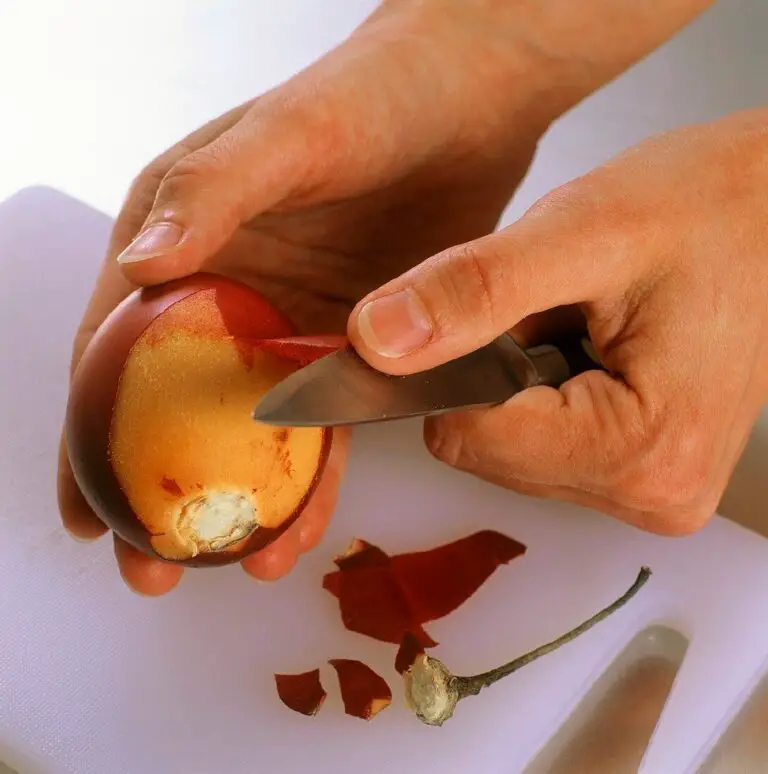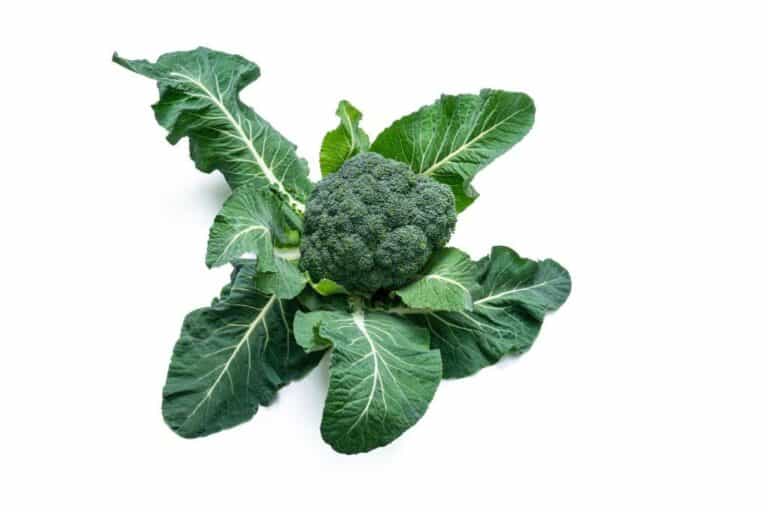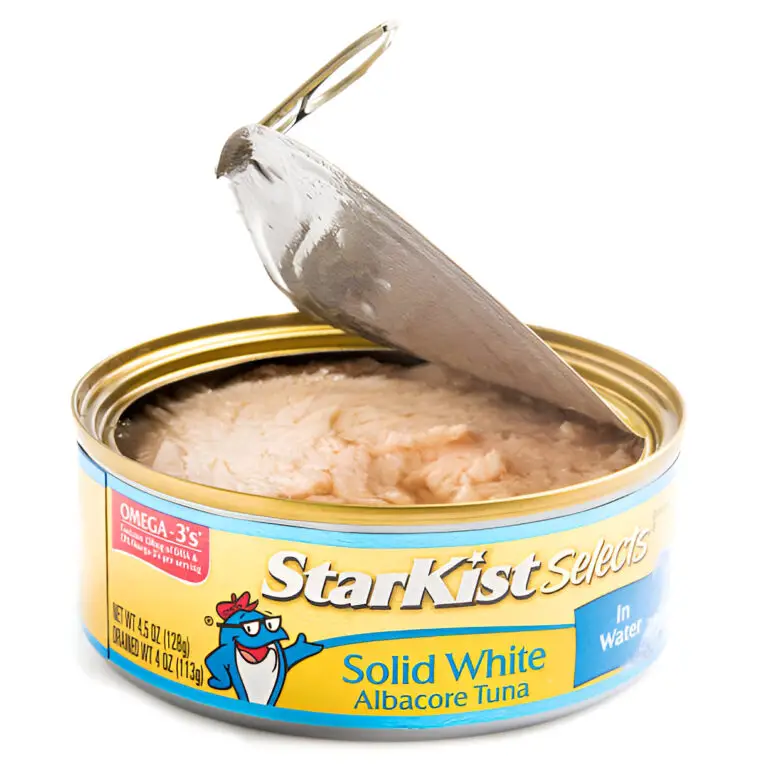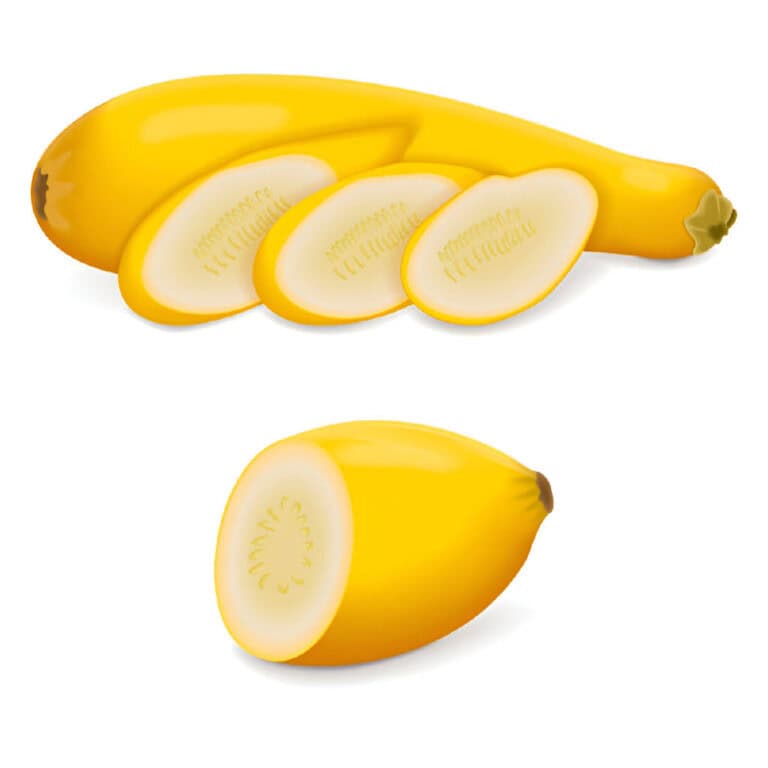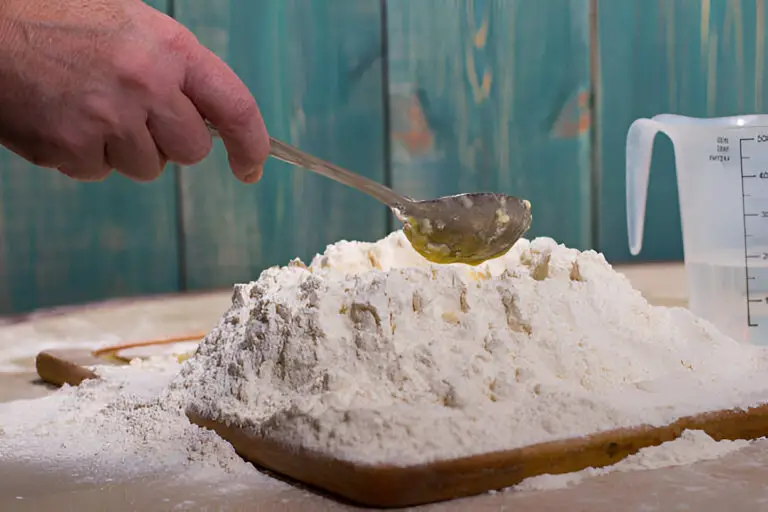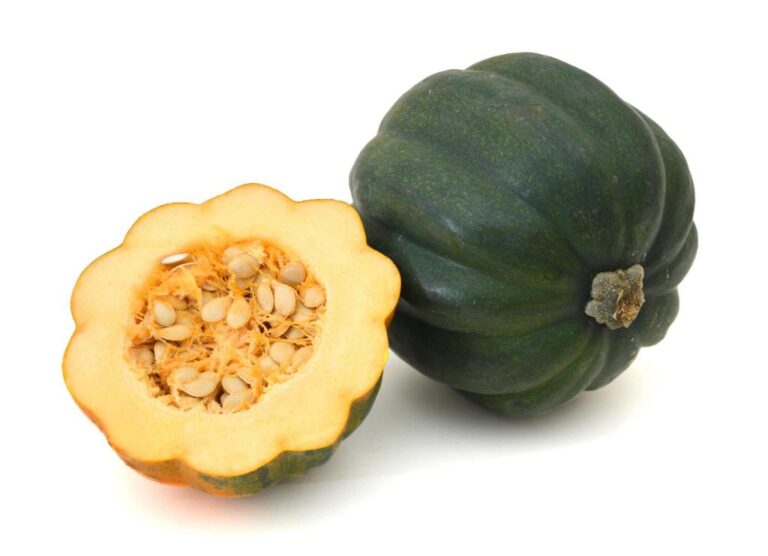How Do You Keep Squash and Zucchini From Getting Soggy?
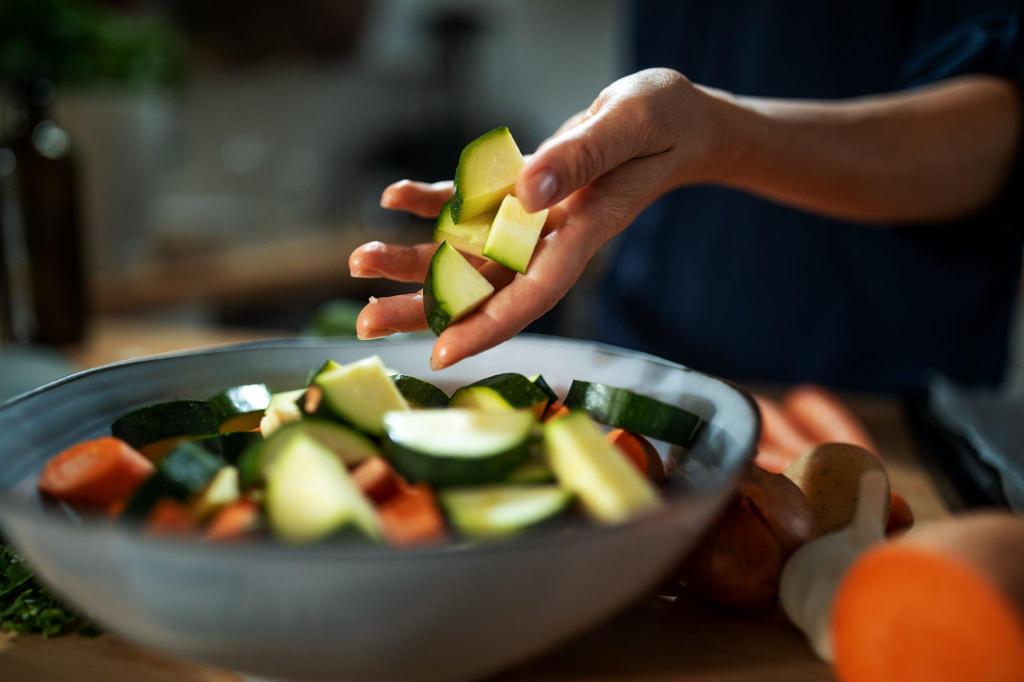
Squash and zucchini, with their vibrant colors and versatile flavors, add a delightful touch to many dishes. However, a tendency for these vegetables to become soggy during cooking is a common issue for home cooks.
Zucchini and squash are often perceived as soggy due to their high water content and spongy texture, which can be challenging to manage when cooking.
Fear not! This article is your comprehensive guide to preserving the perfect texture of squash and zucchini in your culinary creations.
Join me as we unravel the mysteries of soggy-free cooking, turning your kitchen into a haven of crunch and flavor. Say goodbye to culinary letdowns and hello to a world where every squash and zucchini dish is a triumph!
Understanding the Problem: Soggy Squash and Zucchini
Cooking is an art, and mastering the texture of your ingredients is like finding the perfect brushstroke for a culinary masterpiece. One of the most annoying things about cooking with squash and zucchini is that the food always ends up soggy.
The issue often arises from these vegetables’ high water content. When cooked improperly, they release excess moisture, causing a limp, unappetizing texture. To address this problem effectively, it’s crucial to understand the science behind it.
By recognizing that both squash and zucchini contain a significant amount of water, we can adjust our cooking methods to minimize excessive moisture release.
You should also try different seasonings. Dry heat can bring out the flavors of these versatile vegetables while also making them less likely to get mushy when cooked too long. By knowing why squash and zucchini get soggy in the first place, we can plan our preparations more effectively, which results in more enjoyable food.
Choosing the Right Cooking Methods
Choosing the right cooking methods can significantly impact the texture and flavor of your squash and zucchini. When you cook zucchini and squash, you should try to find other ways to cook them that keep their natural crispness. For example, opting for quick-cooking methods such as stir-frying or grilling can help reduce moisture loss while maintaining their desirable crunch.
Sautéing these vegetables over high heat can help maintain their natural crunchiness while also bringing out their sweetness. This method allows for quick cooking, preserving the firmness of the veggies and retaining their nutrients.
In contrast, boiling or steaming may lead to a soggy outcome by causing the vegetables to absorb excess water. These methods can detract from the delightful textures that squash and zucchini are known for.
In the end, knowing how different cooking methods affect these vegetables will help you make dishes that bring out their best qualities. They can maintain their bright colors, fresh flavors, and satisfying crunch. This will make sure that every meal is delicious.
Properly Preparing the Vegetables
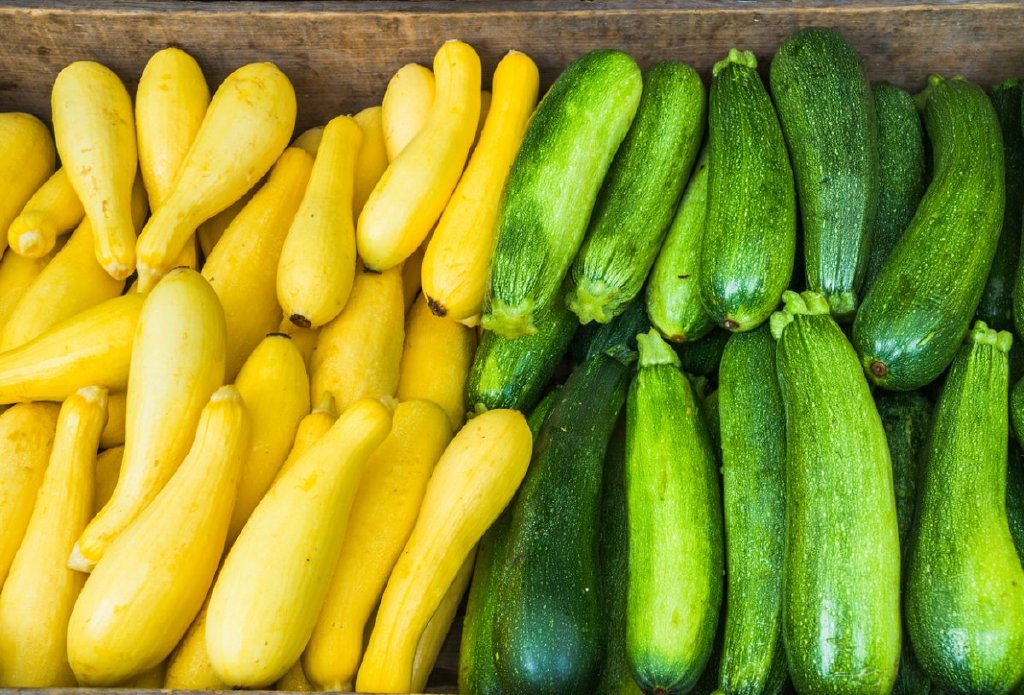
Properly preparing vegetables, such as squash and zucchini, is crucial to preventing them from becoming soggy. One important step is to thoroughly wash the vegetables to remove any dirt or residue.
After washing, it’s essential to dry the vegetables completely using a clean kitchen towel or paper towels. Excess moisture can contribute to sogginess during the cooking process, so taking this extra step can make a significant difference.
Another key aspect of preparation is cutting the vegetables into uniform pieces. This ensures that they cook evenly and prevents some pieces from becoming overcooked while others remain undercooked.
When sautéing or roasting squash and zucchini, tossing them with a bit of olive oil before cooking can help maintain their texture and prevent excessive moisture release.
By paying attention to these details during preparation, you can significantly reduce the risk of your squash and zucchini becoming soggy when cooked. With these simple yet crucial steps, you’ll be able to enjoy perfectly cooked and flavorful vegetables every time.
Cooking Techniques to Prevent Sogginess
Learn how to cook properly to keep squash and zucchini from getting soggy. One effective method is to properly salt the vegetables before cooking. This helps draw out excess moisture, reducing the risk of sogginess during the cooking process. Additionally, incorporating high-heat cooking methods such as grilling or roasting can help maintain the veggies’ firm texture while adding a delightful charred flavor.
Another valuable technique to prevent sogginess is to avoid overcrowding the pan or baking dish when cooking squash and zucchini. Overcrowding can lead to steaming rather than browning, resulting in a mushy consistency. By giving the vegetables enough space to cook evenly and caramelize on the edges, you can achieve that perfect tender-crisp texture without any unpleasant sogginess.
Mastering these essential cooking techniques makes all the difference in elevating your squash and zucchini dishes to delicious perfection.
Timing and Temperature Control to Prevent Soggyness
Achieving the perfect texture for your squash and zucchini is like conducting a culinary symphony, with timing and temperature playing the leading roles. The key to preventing sogginess lies in the delicate dance between precise timing and temperature control.
Importance of Timing:
Cooking your vegetables for the right amount of time is crucial. Overcooking turns them into a soggy mess, while undercooking leaves them disappointingly firm. Consider this your cooking compass, guiding you to the sweet spot where tenderness meets resilience.
Temperature Control:
The temperature is the conductor of this symphony. Too high, and you risk rapid softening; too low, and the texture remains unyielding. Use the table below as a quick reference for achieving that harmonious balance between heat and timing, ensuring your squash and zucchini shine in every culinary performance.
| Cooking Method | Recommended Temperature | Ideal Cooking Time |
| Grilling | Medium-High Heat | 5-7 minutes |
| Roasting | 400°F (200°C) | 15-20 minutes |
| Sautéing | Medium-High Heat | 3-5 minutes |
| Steaming | Just Above Boiling | 5-7 minutes |
Consider these guidelines your culinary sheet music; follow them, and your squash and zucchini will be the stars of the show, maintaining that optimal texture you crave.
Storing and Serving Tips
There are a few important things to remember about storing zucchini and squash so that they stay fresh and maintain their texture. First, it’s important to store them in a cool, dry place, such as the crisper drawer of your refrigerator. This will help prevent moisture from building up and causing the vegetables to become soggy.
When preparing squash and zucchini for serving, consider cooking them using methods that require minimal water or steam. For example, grilling or roasting these vegetables can help them retain their firmness and flavor without turning them into a mushy mess.
Additionally, serving them immediately after cooking rather than allowing them to sit can also help preserve their texture and overall quality. By following these storage and serving tips, you can ensure that your squash and zucchini remain fresh and enjoyable for longer periods of time.
The Role of Seasoning and Flavors
The role of seasoning and flavors in cooking squash and zucchini is essential for creating delicious, savory dishes. By carefully selecting the right combination of herbs, spices, and seasonings, you can elevate the natural flavors of these vegetables to new heights. For example, a sprinkle of garlic powder, black pepper, and a pinch of smoked paprika can add depth and complexity to roasted zucchini and squash.
When cooking these versatile vegetables, trying new flavors like Italian herbs or Mexican spices can expand your culinary options.
Seasoning also plays a vital role in controlling moisture levels when cooking squash and zucchini. Ingredients like salt not only enhance taste but also help draw out excess water from the vegetables during cooking, preventing them from becoming soggy.
Add acidic ingredients like lemon juice or vinegar to brighten flavors and balance out sogginess by adding complexity. Squash and zucchini can be maximized in your kitchen by mastering seasoning and flavoring to keep them crisp and delicious.
| Check out How to Keep Frozen Broccoli From Being Soggy. |
Recipe Inspiration for Cooking Squash and Zucchini Together
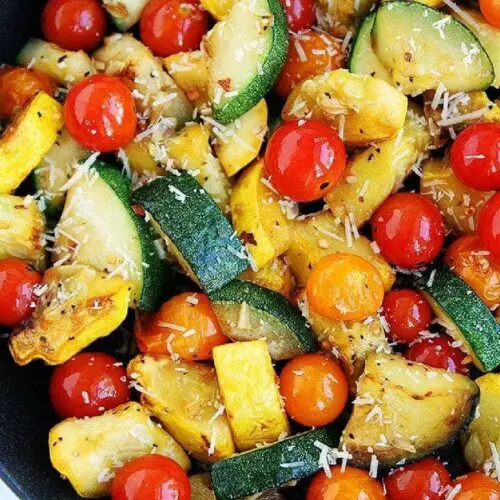
Squash and Zucchini Medley: A Flavorful Culinary Symphony
Ingredients
- 2 medium-sized yellow squash
- 2 medium-sized zucchini
- 3 tablespoons olive oil
- 3 cloves garlic minced
- 1 teaspoon dried Italian herbs
- Salt and pepper to taste
- Grated Parmesan cheese for garnish optional
Instructions
Prepare the Vegetables:
- Wash and slice both the yellow squash and zucchini into uniform rounds for even cooking.
Sauté Aromatics:
- Heat olive oil in a pan over medium heat.
- Add minced garlic and sauté until it becomes fragrant.
Cook the Medley:
- Add the sliced squash and zucchini to the pan.
- Sprinkle dried Italian herbs over the vegetables, ensuring an even distribution.
Season to Perfection:
- Season with salt and pepper to taste.
- Gently toss the vegetables to coat them in the aromatic garlic and herbs.
Simmer and Garnish:
- Allow the medley to simmer until the vegetables are tender yet retain a slight crunch.
- If desired, garnish with a sprinkle of grated Parmesan cheese for an extra layer of flavor.
Serve and Enjoy:
- Plate the Squash and Zucchini Medley, creating a visually appealing arrangement.
- Delight in the delightful marriage of flavors as you savor each forkful.
Notes
Recipe Variations:
- Grilled Sensation:
- Take the medley to the grill for a smoky char that adds depth to the dish.
- Pasta Partner:
- Mix the cooked squash and zucchini with your favorite pasta for a quick and satisfying meal.
- Stuffed Delight:
- Hollow out the squash and zucchini and stuff them with a savory filling for an elegant presentation.
Squash and Zucchini Medley: A Flavorful Culinary Symphony
Elevate your culinary experience with this delightful recipe that combines the subtle sweetness of squash and the crisp freshness of zucchini. This Squash and Zucchini Medley is a celebration of vibrant colors, diverse textures, and harmonious flavors that will captivate your taste buds.
Ingredients:
- 2 medium-sized yellow squash
- 2 medium-sized zucchini
- 3 tablespoons olive oil
- 3 cloves garlic, minced
- 1 teaspoon dried Italian herbs
- Salt and pepper to taste
- Grated Parmesan cheese for garnish (optional)
Instructions:
- Prepare the Vegetables:
- Wash and slice both the yellow squash and zucchini into uniform rounds for even cooking.
- Sauté Aromatics:
- Heat olive oil in a pan over medium heat.
- Add minced garlic and sauté until it becomes fragrant.
- Cook the Medley:
- Add the sliced squash and zucchini to the pan.
- Sprinkle dried Italian herbs over the vegetables, ensuring an even distribution.
- Season to Perfection:
- Season with salt and pepper to taste.
- Gently toss the vegetables to coat them in the aromatic garlic and herbs.
- Simmer and Garnish:
- Allow the medley to simmer until the vegetables are tender yet retain a slight crunch.
- If desired, garnish with a sprinkle of grated Parmesan cheese for an extra layer of flavor.
- Serve and Enjoy:
- Plate the Squash and Zucchini Medley, creating a visually appealing arrangement.
- Delight in the delightful marriage of flavors as you savor each forkful.
Recipe Variations:
- Grilled Sensation:
- Take the medley to the grill for a smoky char that adds depth to the dish.
- Pasta Partner:
- Mix the cooked squash and zucchini with your favorite pasta for a quick and satisfying meal.
- Stuffed Delight:
- Hollow out the squash and zucchini and stuff them with a savory filling for an elegant presentation.
Conclusion: Enjoying Perfectly Cooked Squash and Zucchini
In conclusion, perfectly cooked squash and zucchini can elevate any meal, adding a burst of flavor, vibrant color, and satisfying texture. Whether roasted, grilled, or sautéed, these versatile vegetables offer a delightful way to enhance dishes with their subtle sweetness and earthy undertones.
By applying the tips and techniques discussed in this article, you can savor the delightful crunch of properly cooked squash and zucchini without worrying about them turning soggy.
Remember that experimenting with different seasonings and cooking methods can unlock new dimensions of flavor in these humble veggies. From sprinkling them with garlic and parmesan to tossing them with fresh herbs or a splash of balsamic glaze, there are endless ways to enjoy the natural goodness of squash and zucchini without sacrificing their desirable firmness.
Embrace the joy of mastering the art of perfectly cooked squash and zucchini as you take your culinary creations to new heights by harnessing their full potential in your favorite recipes.
FAQs
Can I prevent squash and zucchini sogginess by choosing specific varieties?
Yes, selecting firm and less water-rich varieties such as pattypan or yellow squash can help minimize sogginess during cooking. These varieties tend to hold their shape better.
What are the best cooking methods to avoid mushy squash and zucchini?
Grilling, roasting, and sautéing are excellent methods. These techniques allow moisture to escape, preventing the vegetables from becoming excessively soft while enhancing their flavor and texture.
Does the way I slice or prepare squash impact its firmness?
Absolutely. Properly slicing and preparing squash, such as avoiding thin slices and peeling when unnecessary, can help maintain its structural integrity during cooking, preventing unwanted sogginess.
Are there specific seasonings that can enhance squash and zucchini without compromising texture?
Yes, using dry rubs, herbs, and spices rather than liquid-based marinades can add flavor without introducing excess moisture. This helps preserve the crispness of squash and zucchini.
How can I salvage overcooked or mushy squash and zucchini?
While prevention is ideal, if your vegetables become mushy, consider repurposing them in soups, stews, or casseroles where texture may be less crucial. Alternatively, use them in dishes where their softened state complements the overall recipe.
Can marinating squash and zucchini affect their texture?
Yes, prolonged marination can introduce excess moisture, leading to sogginess. If marinating, use dry seasonings or limit the time to prevent water absorption, preserving the firmness.
Are there specific kitchen tools that can help in keeping squash and zucchini crisp?
Yes, using a mandoline slicer for uniform thickness ensures even cooking, preventing uneven softening. Consistent slices aid in maintaining the texture.
How important is blanching in preventing mushy squash and zucchini?
Blanching is a useful technique to preserve texture by briefly immersing the vegetables in boiling water, setting their color and structure before further cooking. This helps in avoiding sogginess.
Does the freshness of squash and zucchini impact their final texture?
Absolutely. Fresh produce with higher water content is more prone to sogginess. Choose firm and recently harvested squash and zucchini to maintain their desired texture.
Can using high heat speed up the cooking process without compromising firmness?
While higher heat can expedite cooking, it’s essential to balance it with proper timing. Rapid cooking can help retain firmness by minimizing the duration vegetables are exposed to heat, preventing mushiness.

